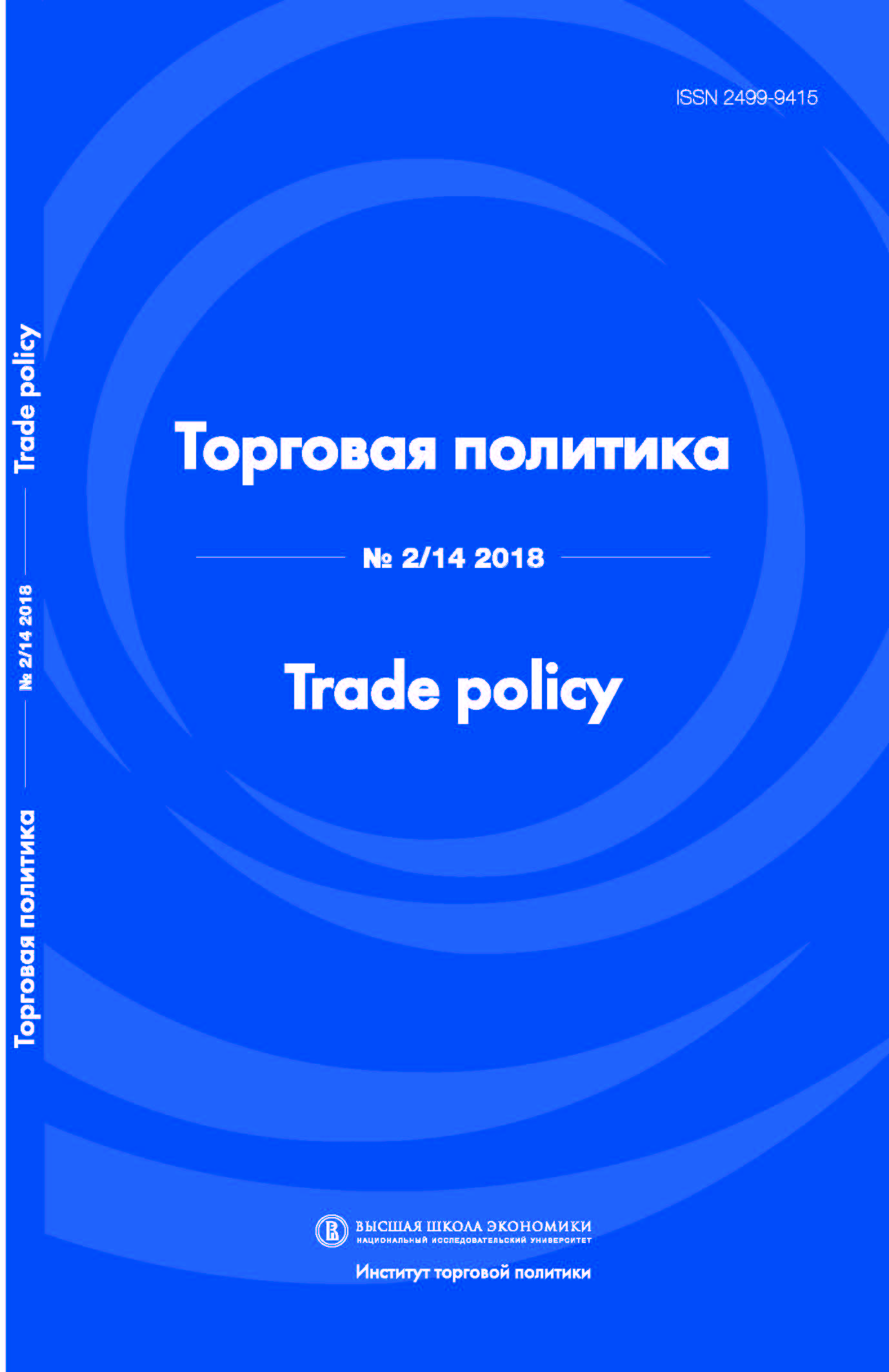Problems and prospects of creation of a unified policy aimed at the development of knowledge-based services in the EAEU countries
Abstract
The study indicates the role of science-intensive services in the economic development of the EAEU countries. The key factors of the development of the sector of knowledge-intensive services are determined both in the EAEU member states and in other countries of the world. The main directions of the policy of the EAEU countries in the field of innovation and knowledgeintensive services have been identified, as well as an assessment of its effectiveness. Modern tools of international industrial cooperation with the aim of forming value chains for producers in EAEU are considered. The research also identifies the main shortcomings in the activities of the EAEU countries associated with the development of the field of science-intensive services and the national innovation system. Also, several proposals have been formulated to stimulate the development of the field of knowledge-intensive services within the framework of cooperation between the EAEU countries.
Downloads
References
Miles I. et al. Knowledge-intensive business services: Users, carriers and sources of innovation // European Innovation Monitoring System (EIMS) Reports. 1995.
Bessant J., Rush H. Building bridges for innovation: the role of consultants in technology transfer // Research policy. 1995. Vol. 24. No. 1. P. 97–114.
Den Hertog P., Bilderbeek R. The new knowledge infrastructure: The role of technology-based knowledge-intensive business services in national innovation systems // Services and the knowledge-based economy. 2000. P. 222–246.
Kautonen M. Knowledge-intensive business services as constituents of regional innovation systems: Case Tampere Central Region // Growth and Significance of Knowledge Intensive Business Services (KIBS). 2001. P. 37–48.
Statistical classification of economic activities in the European Community // Eurostat. URL: < http://ec.europa.eu/eurostat/documents/3859598/5902521/KS-RA-07-015-EN.PDF>.
R&D development // UNESCO Institute for Statistics. URL: < http://uis.unesco.org/apps/visualisations/research-and-development-spending>.
Глобальный инновационный индекс 2016 г. // WIPO. URL: < http://wipo.int/pressroom/ru/articles/2016/article_0008.html>.
Unctadstat. URL: < http://unctadstat.unctad.org/EN>.
Общая характеристика Государственной программы «наукоемкие технологии и техника» на 2016–2020 годы. URL: < http://government.by/upload/docs/fileb48cc29d49a2e998.PDF>.
Государственная программа индустриально-инновационного развития Республики Казахстан на 2015–2019 годы // Министерство по инвестициям и развитию Республики Казахстан. URL: < http://mid.gov.kz/ru/pages/gosudarstvennaya-programma-industrialno-innovacionnogo-razvitiya-respubliki-kazahstan-na-0>.
Концепция научно-инновационного развития Кыргызской Республики на период до 2022 года // Министерство юстиции Кыргызской Республики. URL: < http://cbd.minjust.gov.kg/act/view/ru-ru/99770>.
Стратегия развития науки Республики Армения на 2011–2020 годы.URL: < http://hetq.am/static/content/pdf/git-volorti-zarg-razmavarutyun.pdf>.
Программа «Исследования и разработки по приоритетным направлениям развития научно-технологического комплекса России на 2014–2020 годы» // Федеральные целевые программы России. URL: < http://fcp.economy.gov.ru/cgi-bin/cis/fcp.cgi/Fcp/ViewFcp/View/2019/414>.
Porter M.E. Competitive advantage: Сreating and sustaining superior performance.N.Y.: Free Press, 1985.
Morris M., Kaplinsky R., Kaplan D. “One thing leads to another” Commodities, linkages and industrial development // Resources Policy. 2012. Vol. 37. No. 4. P. 408–416.
Gereffi G. et al. Introduction: Globalization, value chains and development // IDS bulletin. 2001. Vol. 32. No 3. P. 1–8.

